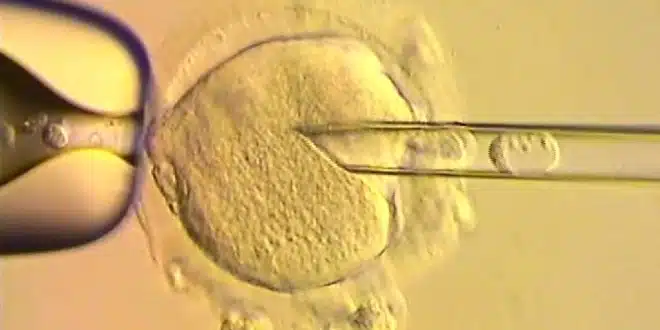In a major breakthrough for reproductive medicine, researchers in the UK have confirmed that eight babies have been born healthy using a pioneering fertility technique that merges DNA from three individuals. The aim of the method is to prevent mothers from passing on rare, life-threatening mitochondrial diseases to their children. While legal in the UK for over ten years, this is the first time scientists have published verified results showing its successful use in live births.
How the Three-Person IVF Method Works
The approach, known as mitochondrial donation treatment (MDT), involves combining an egg and sperm from the biological parents with mitochondrial material from a donor egg. In practice, the nuclear DNA from the parents is transferred into a donor egg that has had its own nuclear DNA removed but retains healthy mitochondria. The fertilized embryo is then implanted into the mother.
Although the vast majority of a baby’s genetic code still comes from the two parents, a small portion—about 0.1%—comes from the mitochondrial donor. This tiny fraction makes a significant difference when it comes to avoiding inherited mitochondrial disorders, which can lead to severe neurological issues, muscle weakness, and even infant death. The technique is currently permitted in countries like the UK and Australia, but remains restricted or banned in many others, including the United States.
Promising Results from Pioneering Trials
The study, published in the New England Journal of Medicine, was led by teams at Newcastle University in the UK and Monash University in Australia. Researchers applied the mitochondrial donation technique to embryos from 22 patients. So far, eight of those patients have delivered healthy babies, and one additional patient is still pregnant. According to the researchers, all the newborns were free from mitochondrial disease symptoms, although one exhibited a slightly elevated presence of abnormal mitochondria. Experts say this level is not likely to cause illness but recommend ongoing monitoring.
Dr. Robin Lovell-Badge, a geneticist at the Francis Crick Institute who was not involved in the study, noted that the child would not display any traits of the mitochondrial donor, given the negligible amount of DNA involved. “It’s even less than what’s introduced during a bone marrow transplant,” he remarked.
Ethical Questions and Regulatory Oversight
The success of the method brings both hope and ongoing debate. While supporters argue that it provides a vital option for families at high risk of genetic disorders, critics caution that the long-term effects of altering mitochondrial DNA are still not fully understood, particularly when it comes to future generations.
Dr. Zev Williams, director of the Columbia University Fertility Centre, hailed the achievement as a “significant milestone” in assisted reproduction. He emphasized that expanding reproductive choices empowers families to pursue healthy pregnancies without fear of transmitting inherited diseases.
In the UK, mitochondrial donation IVF is strictly regulated. Couples seeking to use the technique must receive approval from the country’s Human Fertilisation and Embryology Authority (HFEA). To date, 35 patients have received authorization to undergo the procedure.
A New Era in Fertility Science
This development marks a notable advance in genetic medicine and assisted reproduction, with the potential to change the lives of families affected by mitochondrial disorders. While further monitoring and research are needed, the birth of these eight healthy children may pave the way for broader acceptance and future innovation in the field.


